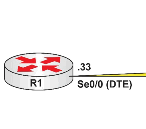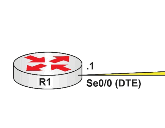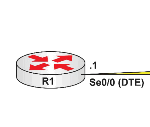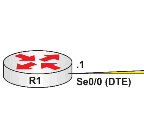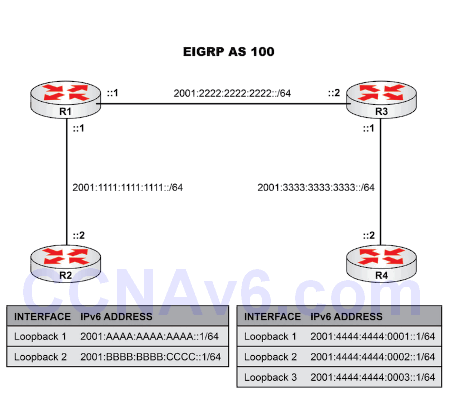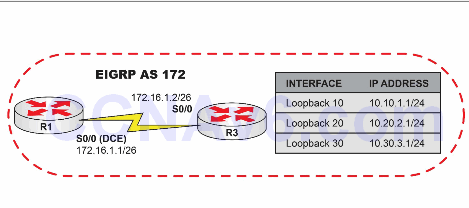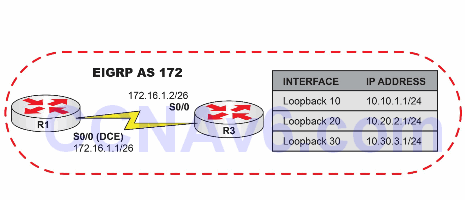Category: 120 Labs CCNA
120 Labs and solutions to give you the confidence and speed to pass the practical teste in your Cisco CCNA and CCENT exams: Exam CCNA 200-125, Exam ICND1 100-105, Exam ICND2 200-105
Lab Objective: The objective of this lab exercise is to configure two routers sharing a back-to-back Serial link encapsulated by PPP to authenticate each other using default CHAP parameters on Cisco IOS. By default, PPP connections are not authenticated or secured. Lab Purpose: PPP CHAP authentication configuration is …
Lab Objective: The objective of this lab exercise is to configure two routers sharing a back-to-back Serial link encapsulated by PPP to authenticate each other using default CHAP parameters on Cisco IOS. By default, PPP connections are not authenticated or secured. Lab Purpose: PPP CHAP authentication configuration is …
Lab Objective: The objective of this lab exercise is to configure two routers sharing a back-to-back Serial link encapsulated by PPP to authenticate each other using Password Authentication Protocol (PAP). By default, PPP connections are not authenticated or secured. Lab Purpose: PPP PAP authentication configuration is a fundamental …
Lab Objective: The objective of this lab exercise is to enable PPP encapsulation on Cisco router Serial interfaces and verify the state of the PPP-encapsulated interfaces. This lab also covers debugging PPP links to see the different states of PPP negotiation Lab Purpose: PPP configuration and verification is …
Lab Objective: The objective of this lab exercise is to verify Cisco HDLC encapsulation, which is the default encapsulation method for WAN interfaces on Cisco IOS routers. Lab Purpose: Cisco HDLC verification is a fundamental skill. Cisco HDLC encapsulation is the default encapsulation on all Cisco router Serial …
Lab Objective: The objective of this lab exercise is to configure back-to-back Serial interfaces between two Cisco routers. By default, router Serial interfaces receive their clocking information from an external device such as a CSU/DSU. Lab Purpose: Back-to-back Serial interface configuration is a fundamental skill. Because routers typically …
Lab Objective: The objective of this lab exercise is for you to learn how to configure EIGRP running IPv6. Lab Purpose: EIGRP for IPv6 will allow you to run a distance vector routing protocol in your infrastructure when running IPv6. As a Cisco engineer, as well as in …
Lab Objective: The objective of this lab exercise is for you to learn and understand the effects of split horizon in a typical hub-and-spoke topology. Feel free to skip this lab because it’s unlikely to come up in the exam. Just note the command to disable split horizon …
Lab Objective: The objective of this lab exercise is for you to learn and understand how to verify the EIGRP database using the appropriate Cisco IOS commands. Lab Purpose: Verifying the EIGRP database is a fundamental skill. EIGRP is an advanced distance vector protocol that incorporates features from …
Lab Objective: The objective of this lab exercise is for you to learn and understand how to summarize routes with EIGRP. Route summarization allows the size of routing tables to be reduced by advertising a summary route for a range of multiple specific routes. Lab Purpose: Route summarization …
